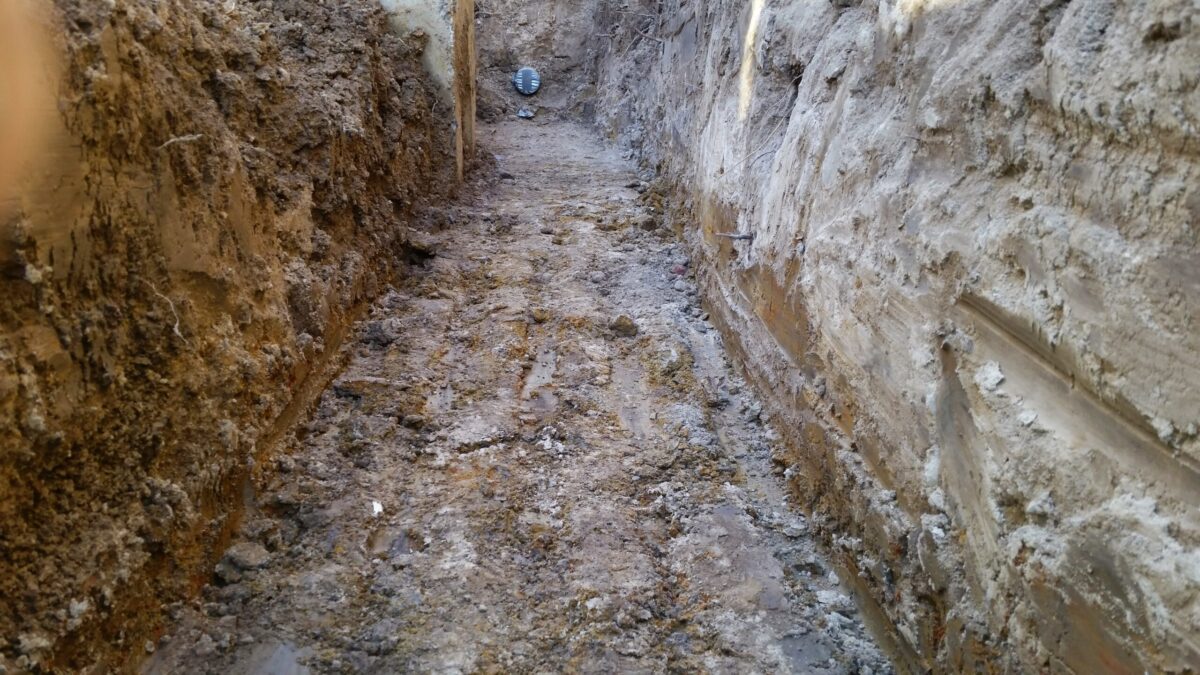Understanding the Essentials of Site Cuts
Before we tackle the heart of earthmoving Auckland costs, it’s vital to know what a site cut entails. A site cut is the act of levelling a plot of land in readiness for construction. This requires the removal of soil, rocks, and other materials to create a suitable foundation for a building. The intricacy of this process can vary, and as a result, so can the associated costs.
Factors Influencing Earthmoving Services Pricing
Various elements play a role in the cost of site cuts and bulk earthworks:
- Size of the Area: Generally, a larger area means more comprehensive earthmoving services.
- Soil Type: Specific soils, like clay, pose more challenges during excavation compared to looser ones like sand.
- Site Accessibility: A site with a sharp incline or numerous trees might demand more resources than a flat, clear one.
- Environmental Considerations: Ensuring that there’s minimal disturbance to local ecosystems can increase costs. In Auckland, regulations dictate special precautions when working close to natural habitats or conservation areas.
The Auckland Suburb Impact
Auckland’s unique city layout means that the suburb you’re situated in can affect the cost. For instance, Ponsonby, known for its historical allure, might present scenarios where excavation encounters items or structures needing careful management, possibly hiking up costs. Meanwhile, in newer regions like Albany, though costs can still vary based on soil and accessibility, the excavation might be relatively direct.
A Glimpse at Excavation Service Costs in Auckland
So, to the burning question: How much does excavation cost in Auckland? Here’s a detailed estimated breakdown:
- Bulk Excavation: Perfect for expansive projects, the price for bulk excavation, lies between NZ$13 to NZ$65 per cubic metre, considering the complexity and site conditions.
- Site Cuts: Cost approximately NZ$6.50 to NZ$32.50 per square metre. However, exact costs can waver depending on aspects like soil quality and access points.
- Detailed Excavation: For detailed undertakings demanding precision, you might look at a range of NZ$65 to NZ$130 per hour.
Navigating Auckland’s Regulatory Landscape
For newcomers to Auckland, comprehending the local regulatory scene is paramount:
- Health and Safety: Auckland’s earthworks standards are robust. Every earthmoving contractor is bound to the NZ Earthworks Standards, ensuring on-site safety. This includes the mandatory use of appropriate safety gear, securing site stability, and implementing protocols to prevent mishaps.
- Auckland Council Bylaws: Council directives can play a part during excavation. For instance, under the jurisdiction of the Waitematā Local Board, there exist specific regulations centred around maintaining local heritage. Similarly, the Whau Local Board might have unique guidelines concerning the preservation of trees during excavation processes.
Selecting the Right Earthmover
Identifying the best earthmoving contractors Auckland has to offer is vital. While the earthmover price is significant, it’s equally important to confirm their adherence to local rules, comprehensive earthmoving services on offer, and an established track record.
Summary of Costs
| Service Type | Cost Range |
| Bulk Excavation | NZ$13 – NZ$65/m³ |
| Site Cuts | NZ$6.50 – NZ$32.50/m² |
| Detailed Excavation | NZ$65 – NZ$130/hr |
It’s worth noting that while these figures offer a ballpark, the exact Earthworks costs NZ residents could face might swing based on the several influencing factors previously mentioned. In wrapping up, whether you’re scouting for Excavators Auckland services or a comprehensive earthmoving contractor, a deep understanding of the cost-influencing factors ensures optimal value while staying within Auckland’s regulatory bounds.



